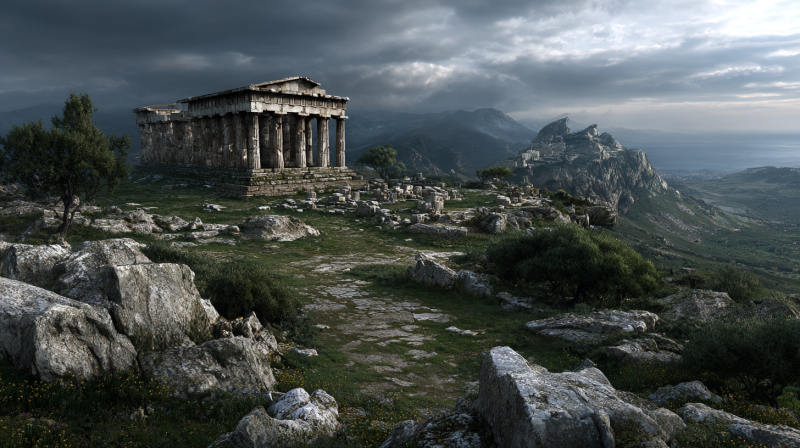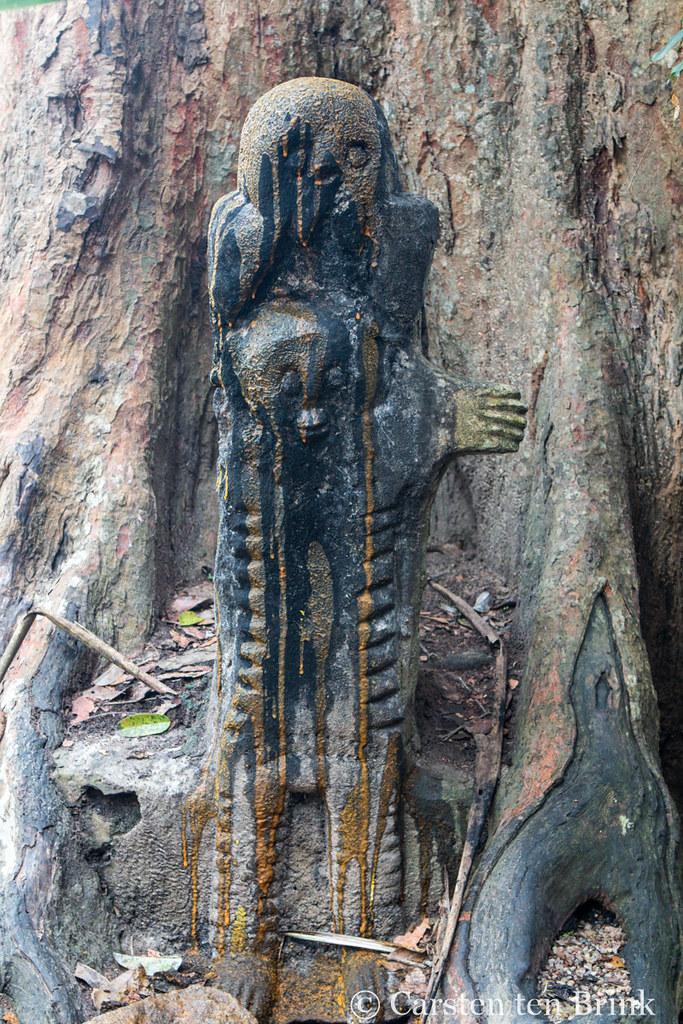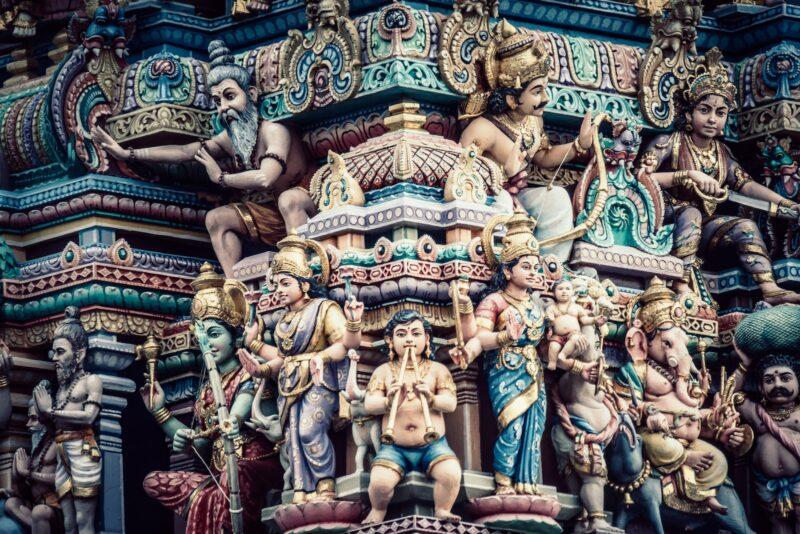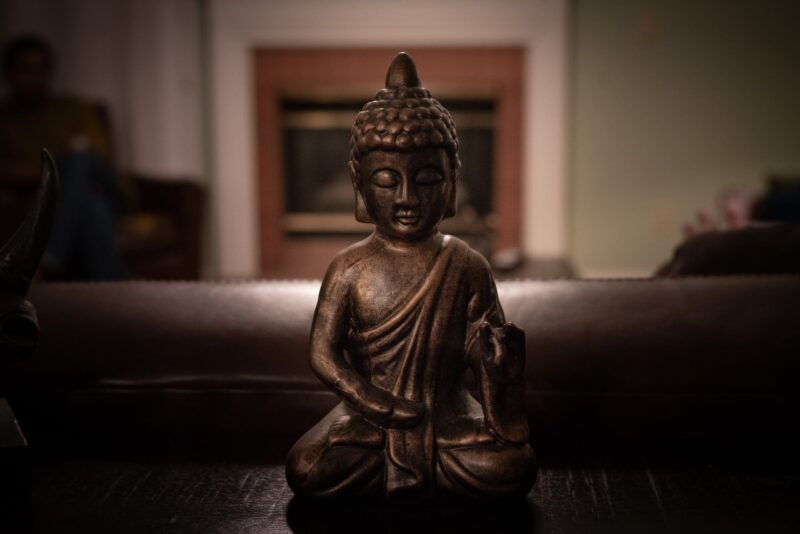Many people think of Santeria as a strange and unwelcome mix of primitive pagan beliefs and Roman Catholicism. Many people feel the religion is a dangerous, maybe Satanic, form of Voodoo, complete with zombies, indiscriminate animal sacrifices, and other totems that make people from Western religious backgrounds uncomfortable.
Santeria’s real meaning is significantly less scary. Santeria is a recognized religion with a long and illustrious history.
Slavery was imported into the new world as a result of European colonization. Yorubas made up a large portion of the slave population (that territory lies in what is now a part of modern-day Nigeria). The Yorubans had a highly developed religion that featured a number of Orishas, who are helpful forces that are similar to saints in Christian religious rituals or lesser deities in polytheistic religions. The Yorubans devised a multitude of worship and celebration rites to honor Ashe, the life energy that flows through everyone.
Slaveholders regarded Yoruba religious traditions as incompatible with their own apparently Christian belief system. European colonists in the Americas attempted to eliminate the faith, while the Catholic Church strove to convert slaves to Christianity, fearing the Yorubans’ peculiar rituals and realizing the risk that their unrestricted practice could pose to the institution of slavery.
The religion we now know as Santeria, on the other hand, did not perish. Instead, it went undercover. The Orishas were worshipped by Yoruban slaves, who disguised them as Catholic saints. While dancing to the sacred Yoruba drums would not have been permitted, respectfully praying in front of a Catholic saint’s depiction was encouraged. In actuality, such prayers were addressed to the Orishas, not the Christian martyrs. Santeria, a Spanish word that means “worship of saints,” is derived from this practice.
Yorubans concealed their faith’s other ceremonies and practices as well. Because of the historical setting, the customs had to be kept hidden. This not only allowed the religion to exist, but it also gave it a sense of mystery that continues to this day.
Santerians can undertake limited animal sacrifices under particular conditions (mainly chickens), and Santeria does involve a level of mysticism that many from Judeo-Christian backgrounds are not used to. Those who see faith as a dark and harmful force, on the other hand, are mistaken. Santeria reflects the resurgence of a peaceful and old African religion in the face of adversity. Many sections of the Caribbean and the United States still practice it today.





